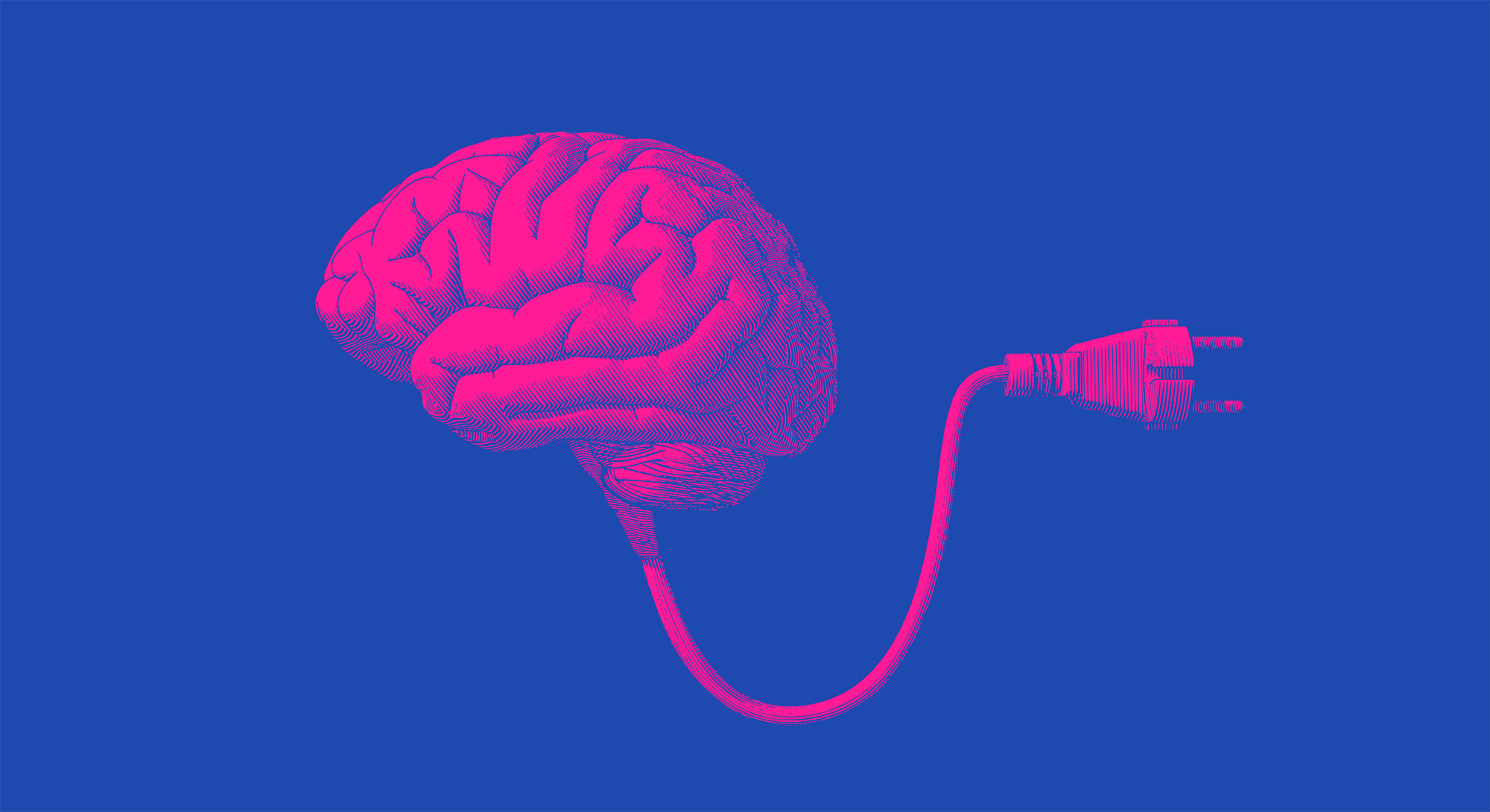Real growth often begins in the unplanned conversations, reflections, and actions we don’t usually track.
Not all learning looks like learning. It doesn’t always happen in a classroom or a workshop, and it can’t always be measured in a dashboard. Sometimes learning happens in the quiet between tasks, like the quick debrief after a meeting, the spontaneous follow-up asked during a coffee break, or in the way someone frames a challenge during a team sync.
These are the moments of invisible learning. They’re informal, organic, and often unplanned. But they’re also powerful. And in today’s work environments, they may be more essential than ever.
Formal learning still matters, but it’s just one part of a much bigger ecosystem.
In hybrid and fast-paced organizations, employees constantly navigate ambiguity, interpret signals, and adapt in real-time. That means learning needs to happen in the flow of life and work, not just in training sessions. It needs to be ambient, embedded, and accessible within the context of work.
This shift opens up a critical opportunity for L&D leaders to recognize and design for invisible learning. To treat it not as an afterthought, but as a core dimension of knowledge development.
Invisible learning can take many forms:
These moments don’t always show up in reports. But they absolutely shape behavior, build confidence, and influence culture. When organizations recognize them as a critical part of the learning ecosystem, not as exceptions to it, they unlock a huge opportunity for continuous development.
And they also create something else: a vibrant learning culture where growth is organic.
L&D has a rich and complex role in this ecosystem. It isn’t enough to deliver learning programs. The best L&D leaders act as architects who build learning environments where insights emerge naturally.
That means:
Invisible learning is subtle, but its impact is measurable. Teams that reflect more, share more, and ask better questions make better decisions. And that translates into better outcomes for the business.
To support invisible learning, L&D leaders can start by shifting their lens. Ask not just what content people are consuming, but how they’re using it. What conversations are they sparking? What assumptions are they challenging? Where are insights turning into action?
These are the breadcrumbs of growth. They don’t always follow a formal path. But they lead to real development.
By designing for invisible learning and measuring its effects, L&D can elevate its role from training provider to strategic enabler of performance and culture.

When judgment matters, credible insight beats content volume every time.

Why human judgment still matters in an AI-powered workplace

Authors of The Digital Coaching Revolution explain how the AI-powered coaching boom will unfold

The author of Learning at Speed outlines the new AI-powered and adaptive L&D world, where learning professionals evolve from course creators to skill-builders and become valuable assets to employees and the business.

The author of Future Skills says your humanity is your future’s most valuable skill.

The author and AI expert on good AI governance and much more